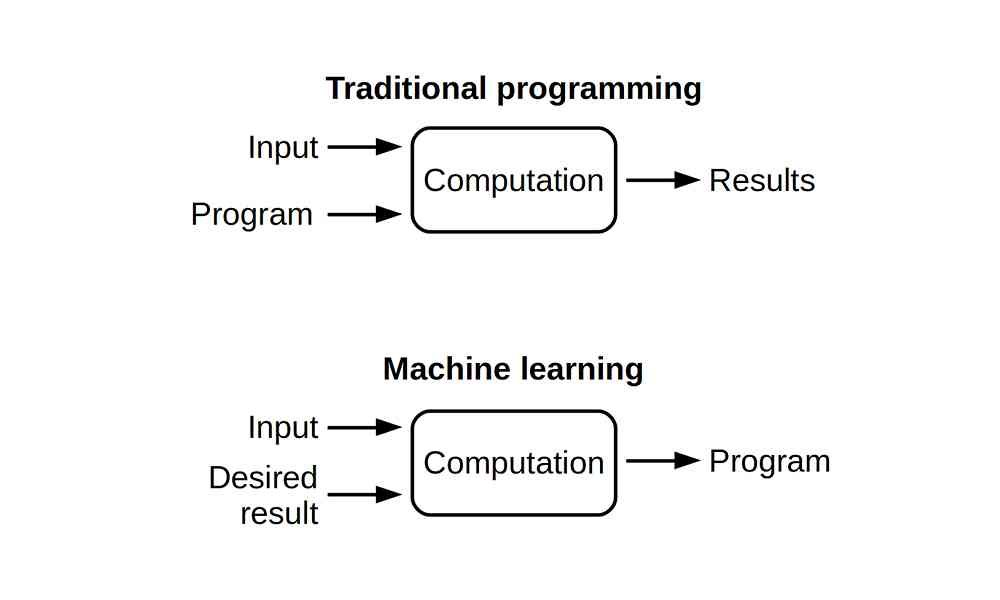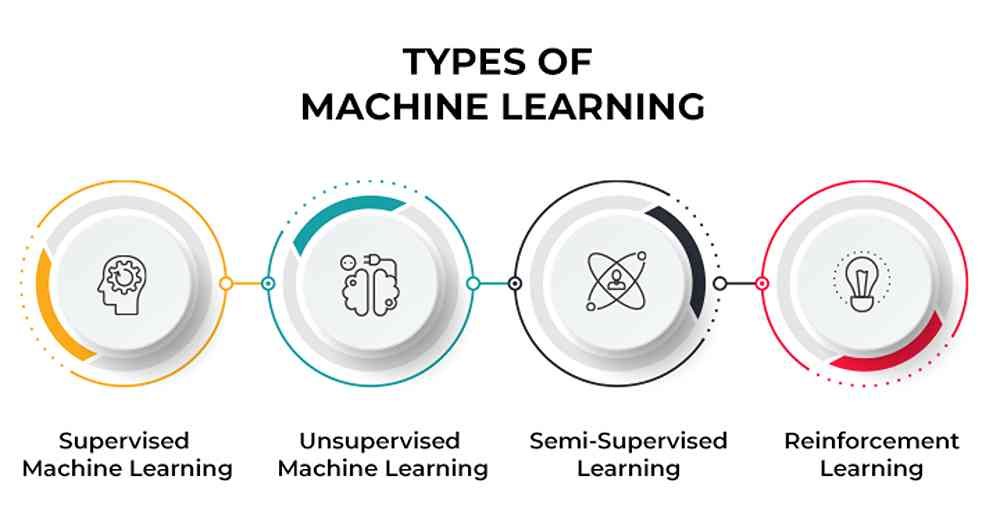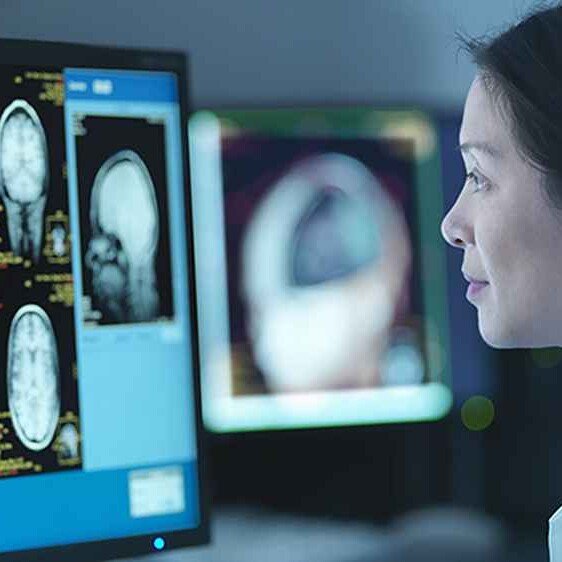Machine Learning
Machine learning is a subfield of artificial intelligence, a technology that gives computers the ability to develop human-like learning capabilities and “learn” through data, statistics, and trial and error as opposed to being programmed by humans using computer codes, allowing them to solve tough problems, optimize processes, and innovate at quicker rates.
Most computer programs rely on code to instruct them on how to perform a task or determine what information to retain.
This is called explicit knowledge.
Machine learning helps computers gain tacit knowledge, which is knowledge acquired from personal experience.
Tacit knowledge, unlike explicit knowledge, is hard to share or transfer because it is affected by personal experience.
An example is how humans remember other people’s faces.
We cannot identify distinguishing features but can ‘remember’ people we have seen before.
How machine learning works

Machine learning gives computers the power of tacit knowledge that allows them to make connections, discover patterns, and make predictions based on what they learned in the past.
ML algorithms automatically learn and improve by learning from their output by observing available datasets and comparing them with the desired output.
Data is fed to computers, and then algorithms are used to build models to train the computers to perform autonomous tasks.
The choice of algorithm to be deployed depends on the type of data and the type of activity that needs to be automated.
This way, computers do not need explicit instructions to produce the desired output; they can undertake tasks that they have not been specifically coded to do.
Types of machine learning algorithms

There are four types of these algorithms classified based on their learning techniques: supervised, semi-supervised, unsupervised, and reinforcement learning.
1. Supervised Learning
These algorithms build machine learning models with data that contains both input data (labeled data) and output data (desired results) to make predictions.
Though labeling data can be time-consuming and expensive, the performance of algorithms improves when they train on labeled datasets.
The model knows both the beginning and the end of the data; it just has to figure out how to efficiently get to the result from the beginning.
It would be continually fed with new data for it to predict the result based on the new set of inputs.
This learning technique is beneficial when the result or outcome is known.
2. Unsupervised Learning
These algorithms do not require labeled data to make predictions; they sift through unlabeled data looking for patterns to group datasets into subsets.
The output or result will have labels as the algorithm will find similarities within the datasets.
It learns from previous test data that hasn’t been labeled and will then group the raw data into categories based on commonalities or lack thereof.
This technique comes in handy when the result type is unknown.
3. Semi-Supervised Learning (SSL)
These algorithms feed on a small amount of labeled data to understand the dimensions of a dataset, which they would apply to new, large, and unlabeled data.
This type strikes a middle ground between the performance of supervised learning and the efficiency of unsupervised learning that not only speeds up the machine learning process but also helps machines learn with increased accuracy while avoiding the time-consuming and expensive undertaking of exclusive supervised learning.
4. Reinforcement learning
This involves programming algorithms with a specific goal, indicating a set of rules for accomplishing the goal, and seeking positive rewards that they receive when they perform actions that are beneficial toward the goal.
These algorithms learn from the rewards they receive from previous actions or outcomes.
Learning is based on trial and error and involves rewarding desired behaviors and/or punishing undesirable ones.
They receive feedback after every action, whether they made a right or wrong choice, and are compensated for a right choice or punished for a wrong one.
With time, they learn to avoid the negative and seek positive actions.
Obisesan Damola
Damola is a medical doctor who has worked in the Nigerian healthcare industry for a little over 3 years in a number of primary, secondary, and tertiary hospitals. He is interested in and writes about how technology is helping to shape the healthcare industry. He graduated from the College of Medicine, University of Ibadan, the foremost medical training institution in Nigeria.



